Table of Contents
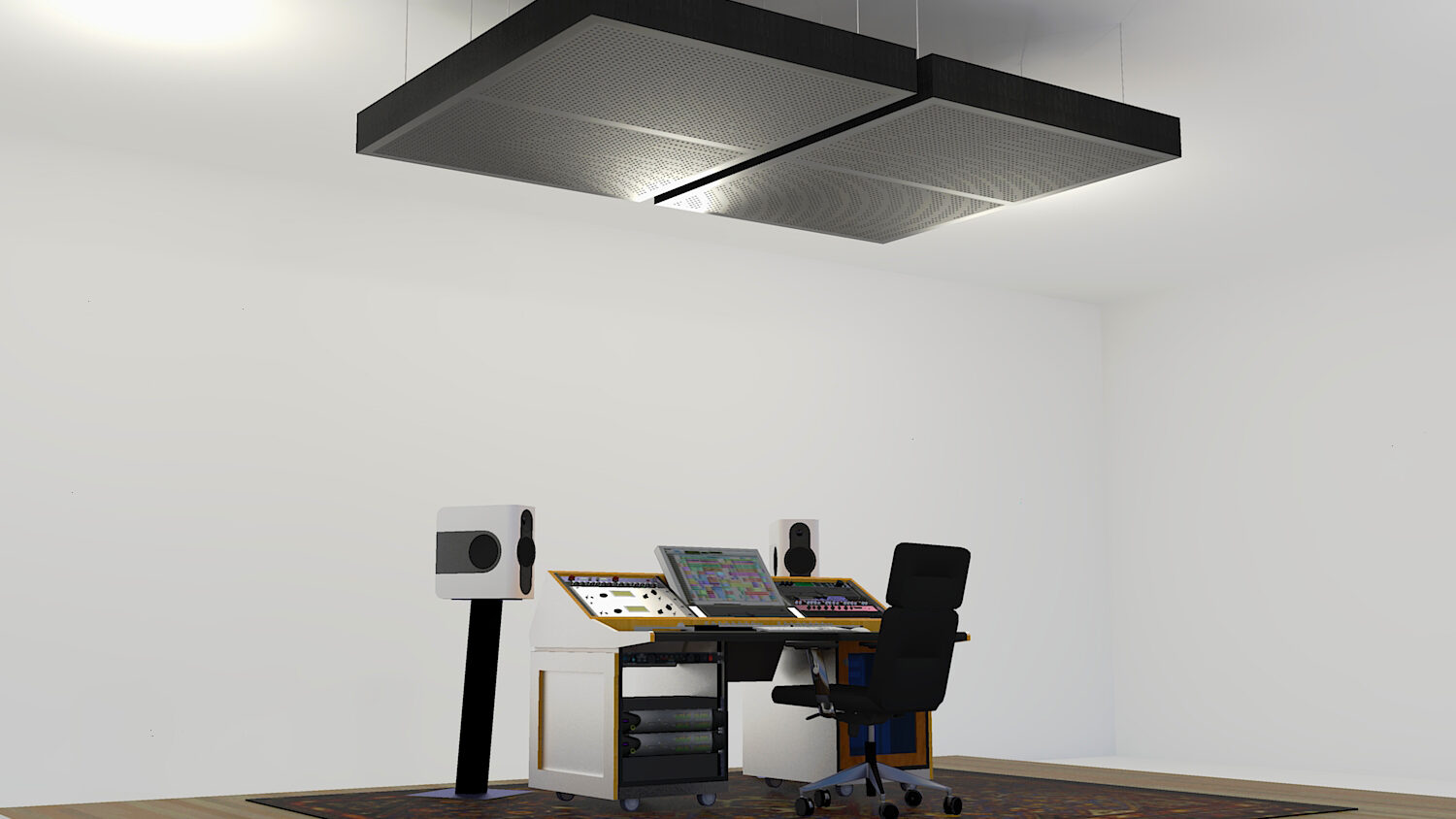
Why “Acoustic Ceiling Clouds” is a Misnomer
The search term acoustic ceiling clouds is a misnomer. Let’s back up a bit and look at the reasons behind treating the ceiling in a critical listening room, so we have a better understanding of why the term acoustic ceiling clouds is in the nomenclature. In any small room, we have two main acoustical issues. We have pressure and reflections that must be managed. Pressure is energy that will not fit within the room dimensions we have to work with.
A 40 hz. wave length is 28′ long. How many rooms are 28′ in any direction. When lower frequency energy will not fit within our rooms, it causes the air between the walls floor and ceiling to vibrate. This air vibration produces room modes. Room modes can exaggerate certain frequencies or eliminate others. Reflections from the same room boundary surfaces distort the straight line or direct energy from any source such as a speaker, instrument, or vocals.
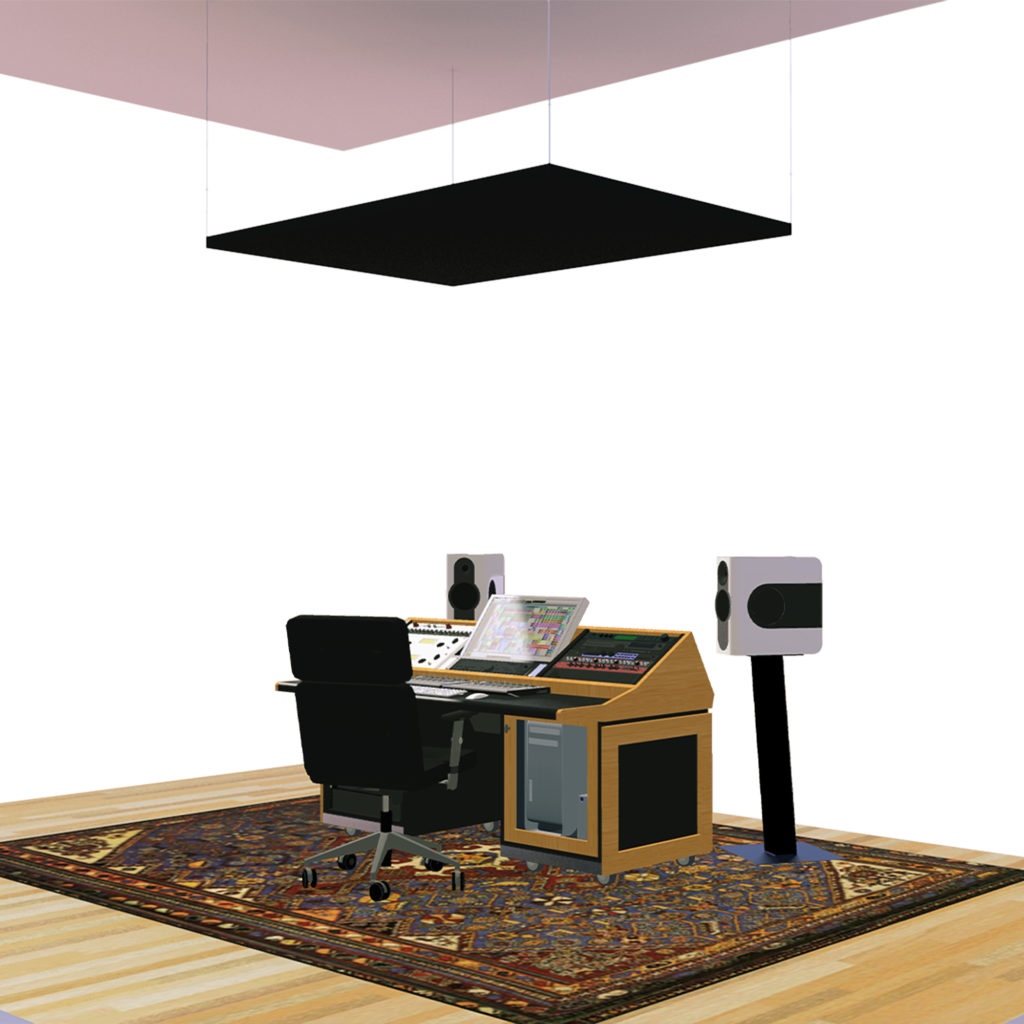
Treating Pressure and Reflection Issues in Three Sound Fields.
When we look at the three dimensions within any room, we usually see that the floor to ceiling distance is the smallest of the three. The smallest room dimension will produce the largest pressure problem. An 8′ ceiling height has distortion room modal issues around 70 hz. The floor to ceiling distance is one third of the three sound fields within a room that must be treated for both pressure and reflection issues. The first sound field is front wall to rear wall. The second is the sidewall to sidewall. The third sound field is the floor to ceiling.
All three of these sound fields produce different frequency and amplitude issues. Frequency is where the sound lives on the audible hearing spectrum and amplitude is the strength of that frequency. With acoustic treatment whether it is an acoustic ceiling cloud or some other type, we have two options to pick from. We can choose absorption or diffusion.
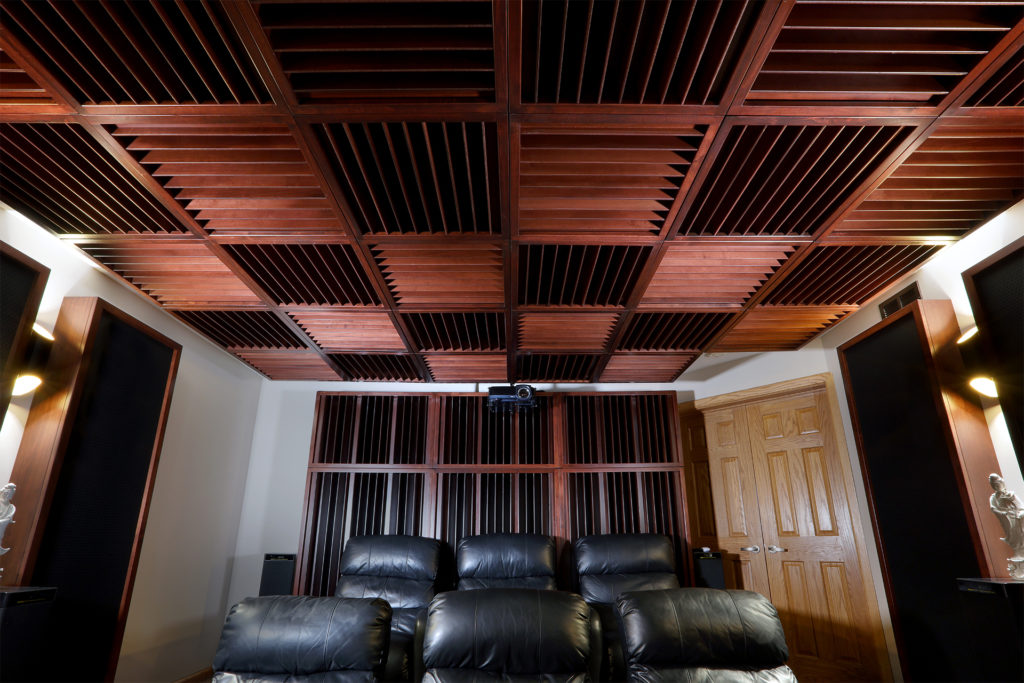
Helmholtz, Diaphragmatic, and Membrane.
The search term acoustic ceiling clouds is for the absorption category. Of the two choices we have, absorption and diffusion, the search term acoustic ceiling clouds is for absorption. Absorption is a process that takes energy and reduces its strength. When we are dealing with low frequency pressure that does not fit into the dimensions of our room, the unwanted excessive pressure must be reduced through absorption. Absorption processes have two main parts. Absorption technology that is pressure based is for lower frequencies.
Absorption that is focused on middle and high frequencies is a completely different technology. The three main pressure absorption technologies are Helmholtz, diaphragmatic, and membrane. Helmholtz is frequency specific and you must use a lot of them since their rate of absorption is poor. Membrane is the cousin to diaphragmatic which is the most powerful of the three. At Acoustic Fields, we use diaphragmatic with our carbon filter inserts.
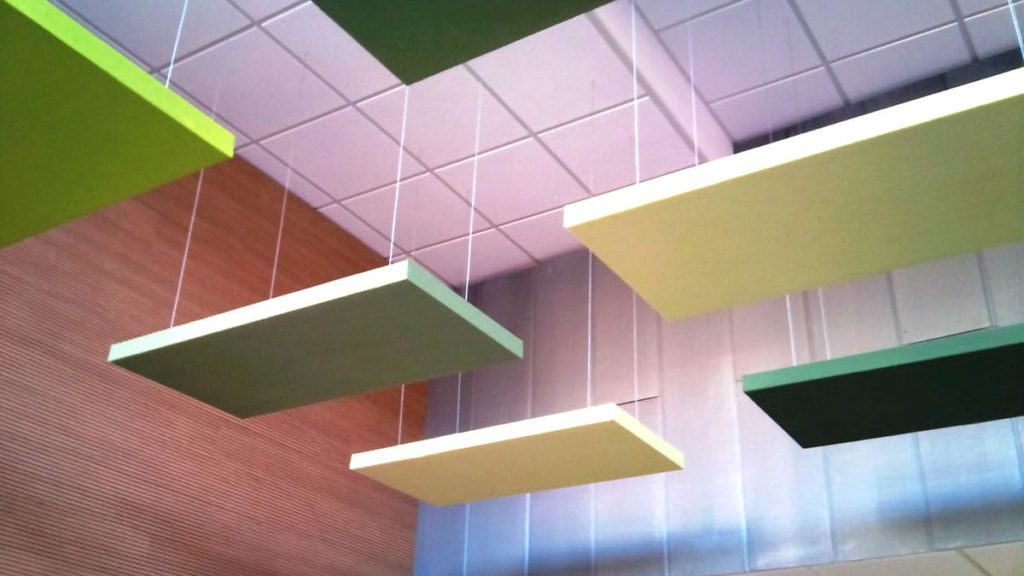
Exploring Diffusion Technologies
Diffusion is a technology to make a small room sound larger. Diffusion takes a reflection from a wall surface and breaks it down into smaller reflections that the brain can not localize. When our hearing system which is attached to our brains hears a sound coming from a reflection the brain is much better at localizing the distance from the wall that produced the reflection.
A diffuser takes this large amount of reflected energy and diffuses or breaks it up into smaller reflections. Smaller reflections are much more difficult for the brain to localize. With diffusion on a room surface area the strength impact of reflected sound from said area is reduced into smaller reflections. This process confuses the brain and we think that there is no wall there at all. A properly diffused ceiling height of 8′ can “sound” like 12′ with the proper diffusion sequence.
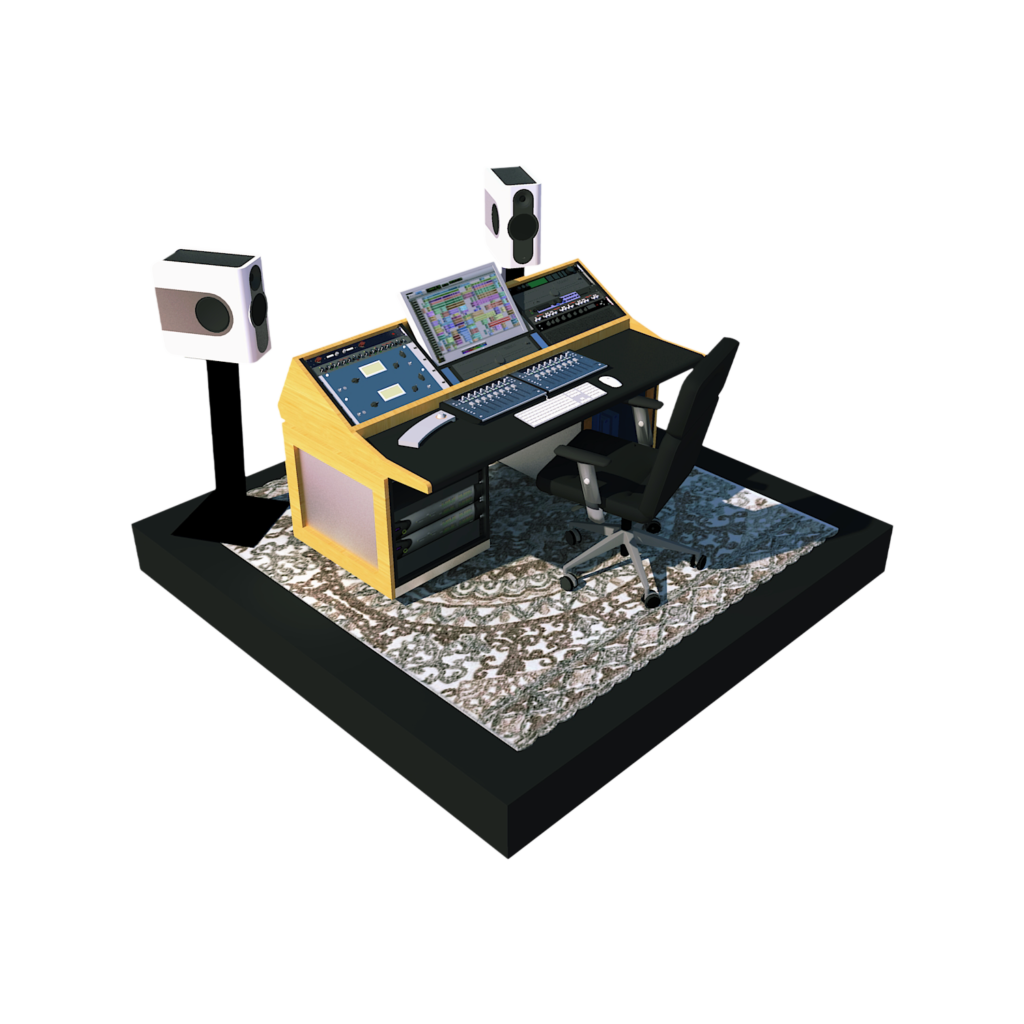
Acoustic Ceiling Clouds for Middle and Higher Frequency Absorption
The search term acoustic ceiling clouds is for the absorption of mainly middle and higher frequency energy. Lower frequency absorbers when they are used to treat the unwanted floor to ceiling pressures are placed upon the floor. When you are treating the floor to ceiling area with diaphragmatic absorption you are considering technology that can weigh 20 lbs. / sq.ft. With this load factor it is best to use a carbon platform. It is the same diaphragmatic carbon absorption process we would use for the ceiling if it could support the weight.
Reflections are much easier to manage, require much lighter weight technology and coverages. All small rooms are a balance between pressure and reflection management.







The discussion on ductwork noise transmission from Acoustic Fields highlights crucial aspects of HVAC system acoustics. The movement of air…
Great build plans. thank you Denis
You must use absorption. Never place a chair against a wall.
A friend and I built several diffusors using these plans and they turned out absolutely beautiful. Very good instructions and…